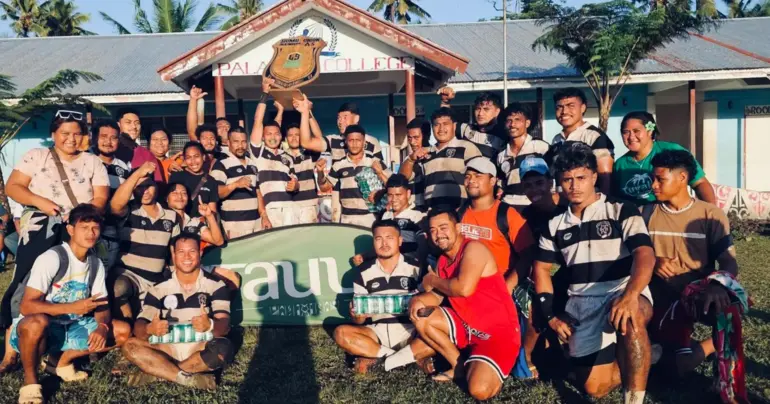Project boosts Manumea protection
 By Marc Membrere
•
12 September 2021, 2:20PM
By Marc Membrere
•
12 September 2021, 2:20PM
Work to save Samoa’s endangered national bird continues with two Manumea-friendly villages, the latest recipients of support through the Biodiversity and Protected Areas Management Project.
Samoa Conservation Society (S.C.S.) President James Atherton told the Samoa Observer in a recent interview that the project – implemented by the society in partnership with the Ministry of Natural Resources and Environment – rolled out support for the Uafato and Faleaseela early last week.
He said the goal of the project is to support the two villages work towards improving the livelihoods of the local people as well as enhance the resilience of the local community to major shocks brought on by the COVID-19 pandemic through increased opportunities for income generation.

“So the purpose of it (the project) is to promote conservation of natural heritage using Manumea as a flagship and building on some of the work both villages have done as Manumea friendly villages,” Mr. Atherton said.
“So they are both villages that have Manumea and we work in the villages to raise awareness about the importance of saving natural heritage in general but birds in particular and Manumea in particular.
“They are both villages that have declared bans on hunting of pigeons.
“So part of that we work with them to monitor whether that ban is effective or not, are people coming from other villages, is the ban working and also there’s a lot of components of it.”
It is believed the project’s increasing involvement in the protected areas management will strengthen resilience to pandemics and global climate change impacts.
Mr. Atherton explained that they are implementing the work guided by the villages’ conservation management plan which was signed with the MNRE two years ago.

“There is already a plan and we are hoping to implement it,” he said.
Initial consultation with the two project-targeted villages have now been completed and both villages have expressed their support for the project by allowing representatives from their communities to work together with the project team for the implementation of its programs as well as searching for the Manumea in their village forests.
The project is funded by the European Union through the International Union for the Conservation of Nature and Natural Resources which has a 12-month duration.
Some of the components include training on biodiversity, forest restoration, conservation, and eco-tourism.
During the consultations, Mr. Atherton presented two Manumea metal-birds to each community in acknowledgement of the village partnership with S.C.S. and to promote Manumea’s conservation.
To date the first phase of the project has been completed and includes in-house and field training on bird monitoring for the both communities.
During the field training at Uafato, the Manumea was spotted twice but could not be confirmed due to the distance from where it flew and was seen.
Mr Atherton revealed that they will soon receive further funding from New Zealand to boost their conservation efforts.
“If we save the Manumea we save the forest,” he said.
Emphasising that conservation in Samoa depends on community commitments, Mr Atherton said they need to understand that it is not just about money, but also about saving biodiversity for other benefits.
And this is not only financial and deals with the mitigation of the climate change impacts but also protects against soil erosion while providing material for cultural practices, handicrafts, food and timber.
“And so we work with communities to try and raise awareness of all the values and all the benefits although quite often the communities tend to be focused more on money which we understand and we try our best to make sure there are financial flows and benefits,” he said.
The activities proposed and implemented under the project will contribute to support local communities’ initiatives aiming to enhance the livelihoods of local people whilst effectively contributing to management of protected areas.
 By Marc Membrere
•
12 September 2021, 2:20PM
By Marc Membrere
•
12 September 2021, 2:20PM











